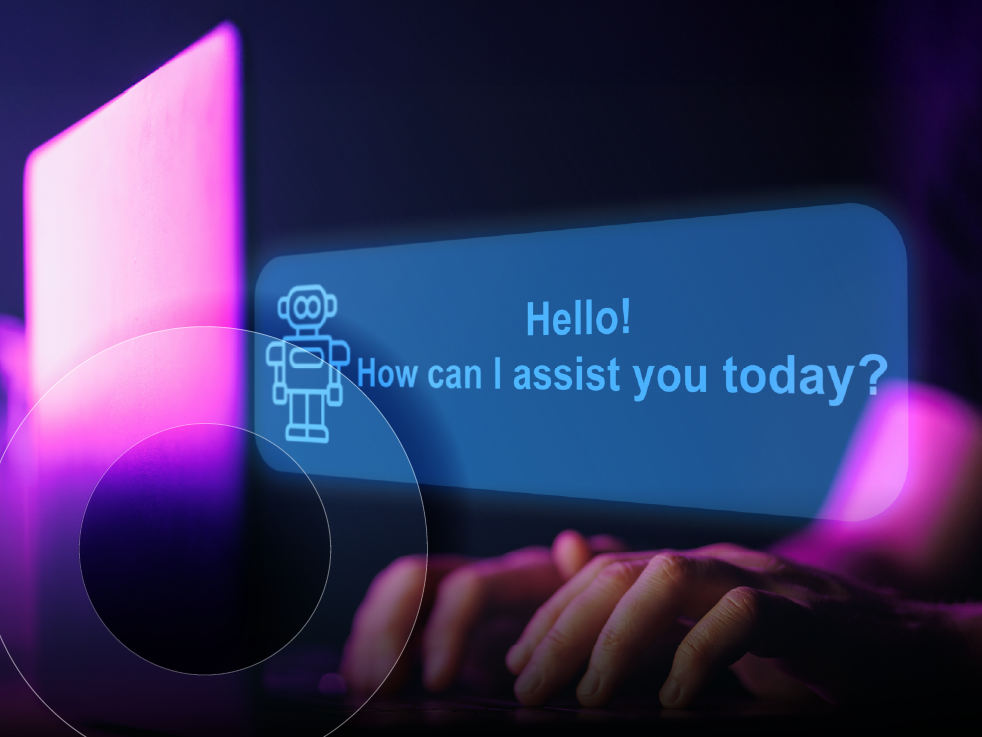Innovation Heroes: Mastering AI and zero trust:
AI can be both a powerful ally and a dangerous adversary.

With AI technology evolving at a rapid pace, the fear of AI-powered attacks is growing.
“Every single customer meeting that I go to, security is top of mind,” says Brian Deitch, Zscaler’s Chief Technology Evangelist. “Everyone’s freaked out about generative AI, but then it’s like a two-sided coin: They either don’t want their employees to use it, or they’re trying to figure it out.”
This sentiment echoes a broader industry concern that AI-powered attacks could compromise sensitive data.
“A lot of organizations see it as a binary decision—we either allow [AI], or we block it,” says Chris Louie, Zscaler’s Customer Success Architect. “But there’s lots of tools out there that can help organizations enable it and have it increase their productivity or improve their security.”
Zero trust and AI: A powerful combination
The cornerstone of Zscaler’s approach is its zero-trust model, which assumes that no one—whether inside or outside a network—can be trusted by default. This model has been gaining traction in the cybersecurity world, especially as businesses navigate the complexities of remote work and hybrid environments.
“When I talk to customers, they tell me, ‘We’ve had this data, we can’t really do anything with it. It’s going to take us another few months to really analyze everything and create the rules,’” says Louie. “But you know, what if I told you there’s a system that uses AI and ML that analyzes those traffic patterns, and with just a few clicks, you can create these access policies to significantly reduce the amount of people that actually need access to a certain application?”
AI in threat hunting: A game-changer
One of the most exciting cybersecurity advancements is the role of AI in threat hunting. Traditionally, security operations centers (SOCs) have been bogged down by alert fatigue and major staff shortages, but AI is offering new ways to address these issues.
“You can’t hire your way out of a problem, but you can make a good analyst a great analyst with AI,” says Louie. “And you can make a great analyst a principal analyst with AI by using things like analyzing data, and contextualizing information with the data fabric.”
Preparing for the future
Deitch and Louie urge organizations not to shy away from AI.
“It’s like the Bulls in the 90s—whether you like it or not, it’s going to happen, right?” says Deitch. “So, from a business perspective: don’t be the naysayer. It’s going to happen. It’s already happening. And it’s really up to you as leaders to meet up with the business development side of the house to find out what they’re doing, and then to figure out, ‘How do we educate and how do we protect?’”
In an era where AI can be both a powerful ally and a dangerous adversary, Louie and Deitch’s insights provide a roadmap for businesses to navigate this complex landscape safely.
Listen to the full conversation here. You can also find episodes on SHI’s Resource Hub, Spotify, and other major podcast platforms, and on YouTube in video format.
Video + audio
Audio only




